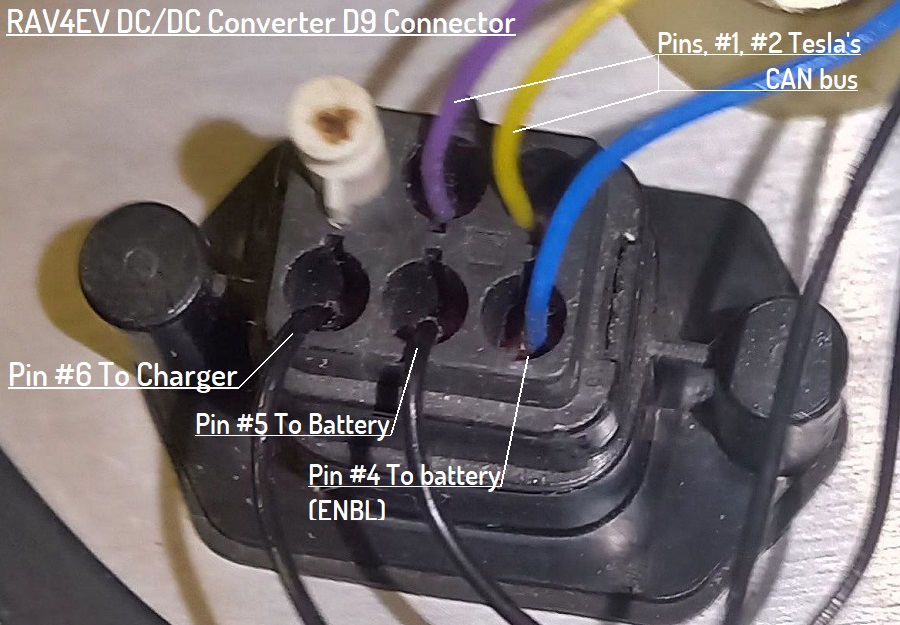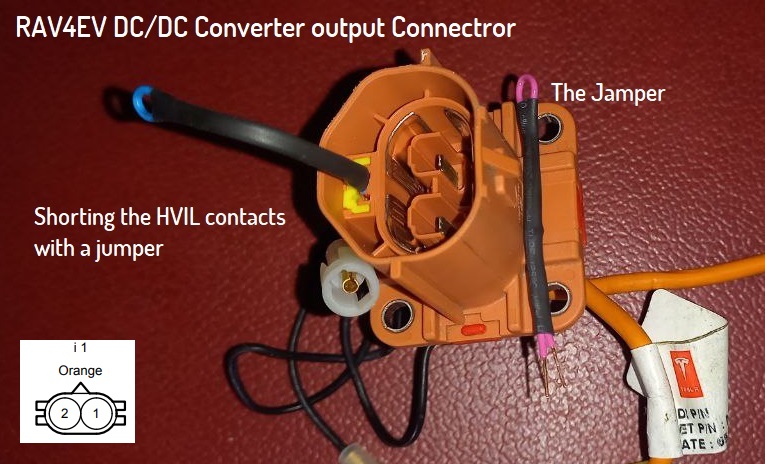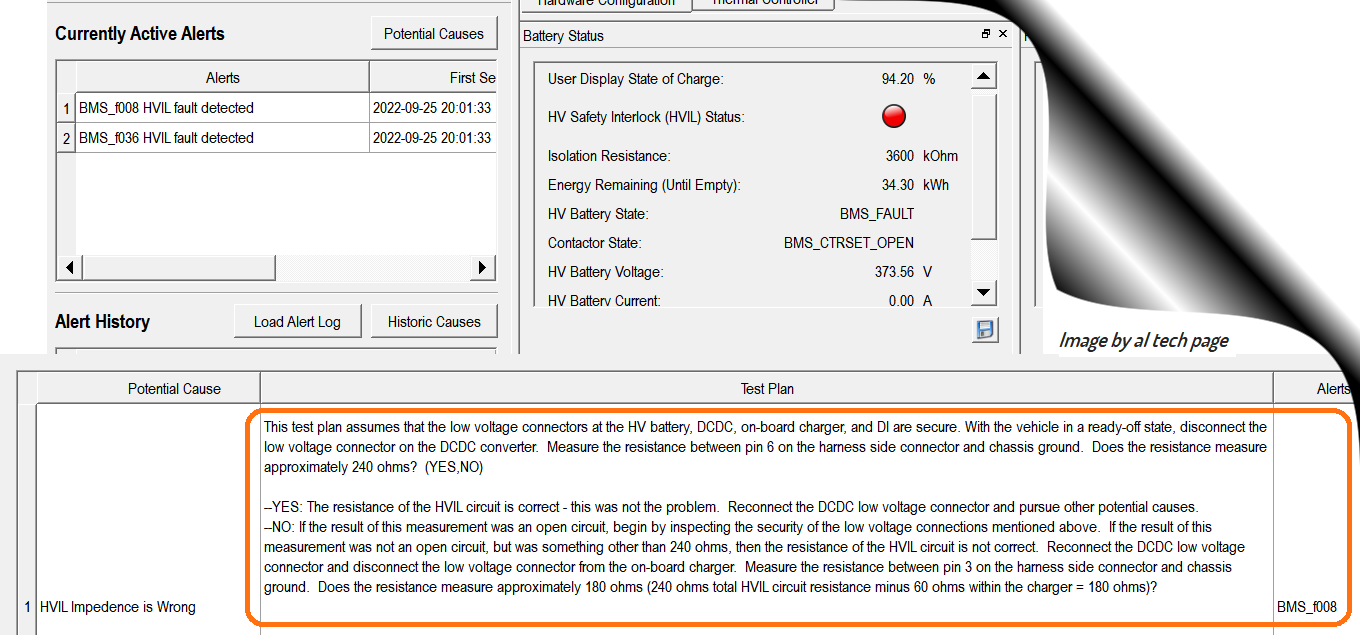
Cycle the ON/OFF five times. The Toyota side tends to "hang on" to the P312F for a few cycles. I've seen three, others have seen five, but if you cycle the car ON/OFF more than five times and the "Check EV" remains, it's probably real.
The reason you have to drive ICE vehicles to clear some errors is because it's required to run some onboard testing to verify emissions requirements, and until it runs those tests, it can't declare the DTC "fixed".
One example: maintaining fuel tank vacuum. There's a spec that the tank vacuum must meet, like "must stay below this vacuum for ten minutes", so if there's a code set for that failing, it can't clear the code until it sees the correct vacuum level for ten minutes.
There are a lot of ICE situations like that. I'm not aware of similar time-related issues with our EVs, but they probably exist. But the "Check EV System" message remaining on the display is a known thing. However, it can also happen when using TPD 1.1.46 and certain DTCs that .46 doesn't show, such as BMS_w023 & DI_w115. So, it's possible it won't clear, but your TPD won't show you anything.

































